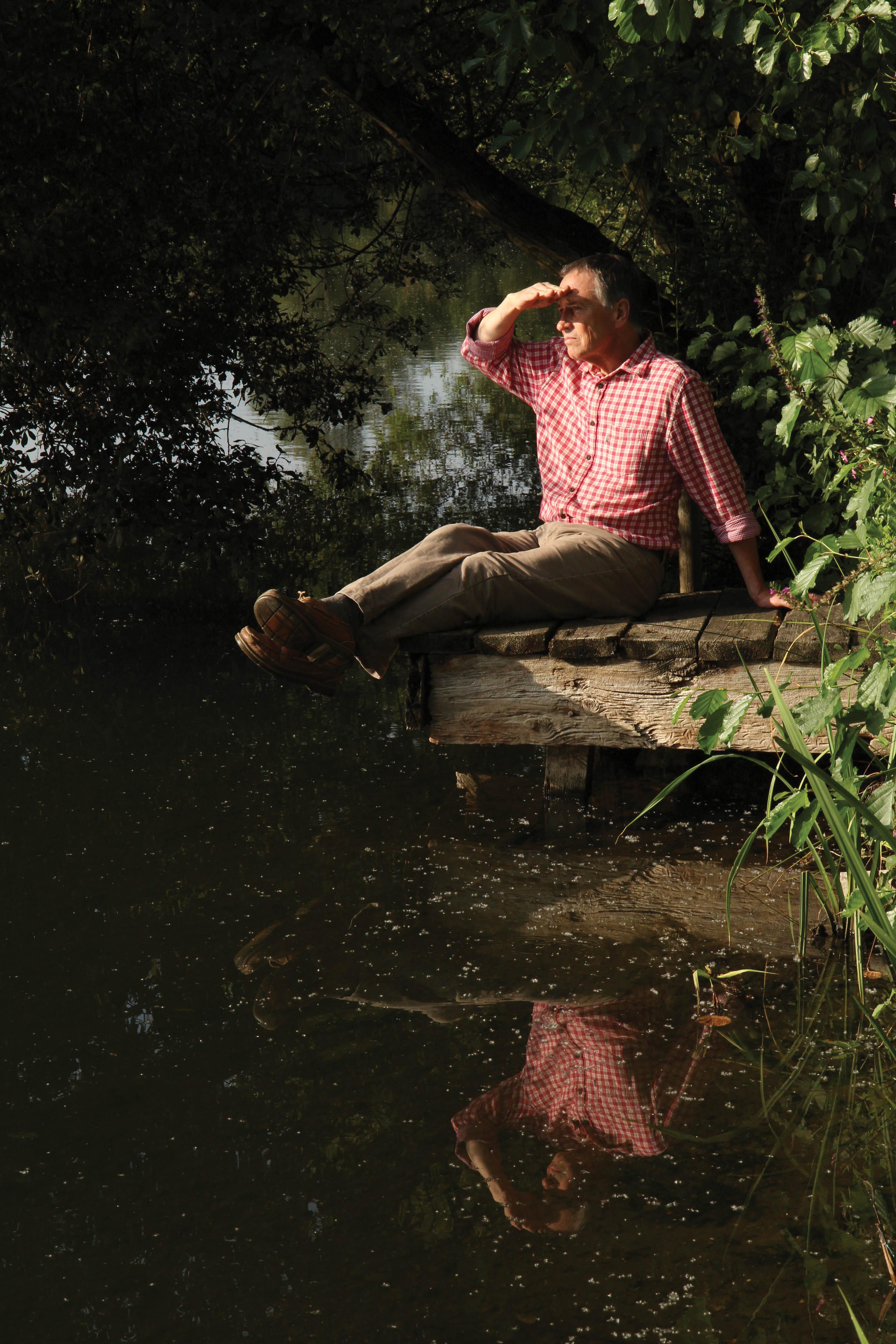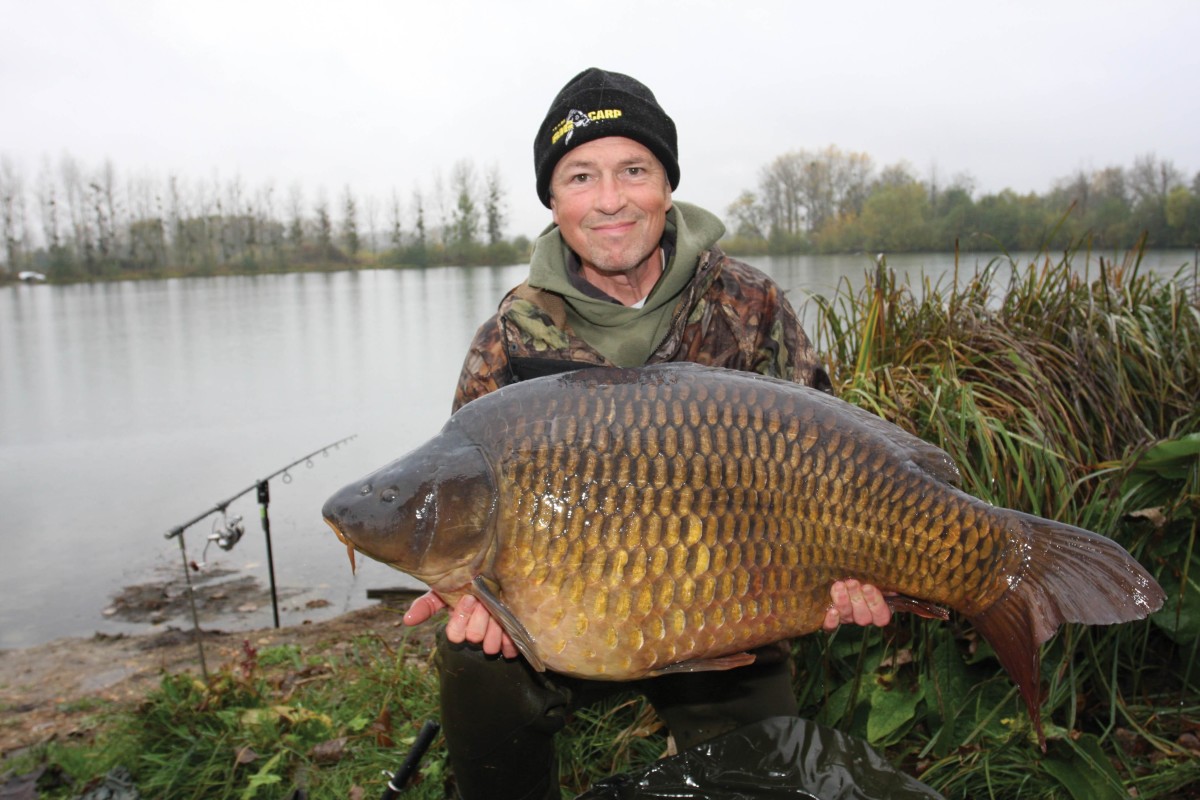
Pausing For Thought: Part Two
In the second part of John Baker’s mini bait series, he takes a detailed look at what exactly we’re all throwing into the lake!
A further understanding of what type of bait fish prefer to eat should have an effect on the attraction of what we choose to use; or put more simply, how quickly we’re likely to get a bite from our bait! This concept might see us refer to two categories of boilie: short-term bait, and long-term bait. Short-term baits would have little or no food value and as such, are less likely to be nutritionally beneficial. They may perhaps contain higher levels of key ingredients, flavours and additives to increase their smell, taste and overall attraction. More emphasis will be placed on quick, even instant attraction, than on food value. Ready-made baits with chemical preservatives, and also plastic sweetcorn for instance, and other artificial baits all fall within this category. We know that carp can be tricked into eating these, in spite of their make-up, rather than because of it. It’s also important to note that these types of bait would be far less effective - even useless - if not presented on a self-hooking, Hair Rig-type set-up. It should not be forgotten that before the Hair Rig was invented, anglers buried their hooks inside baits and would have to strike when they had a bite. Hair Rigs, in all their variants, are just self-hooking rigs, and their use has eliminated a great deal of the skill previously required to convert bites into hooked fish.
Recently, I was talking to a group of mates on the bankside and I asked them if they ever tested their bait by using it totally unflavoured, either as a boilie or a paste, perhaps on a local, well-stocked day-ticket lake where bites might be easier to come by than on more challenging venues. This would surely be a cast-iron test of any bait’s effectiveness. None of those I spoke to had even considered conducting such tests, yet I’ve carried these out each and every time I’ve come up with a new base mix recipe.
I’d like to think that reputable bait manufacturers and suppliers would always know the exact nutritional profile of their bait, especially its oil and protein content. They should also be prepared to impart information about their recipes freely, without necessarily giving away all their secrets at the same time. I believe it pays to ask a few basic questions of our bait suppliers, and by doing so we should gain a better understanding of how and why a bait works best, and what the optimum times are to apply it. In my opinion, suppliers of pre-rolled boilies should also be prepared to supply the same dry base mixes, flavours and additives they use to make up their finished boilies. Customers will then have the option of making their own hookbaits and pop-ups, all nice and fresh for when they require them.
Generic pop-up base mixes are just carriers for flavours, glugs or attractors; they have no intrinsic attraction and are therefore of little nutritional value. I hold the belief that ideally, our hookbaits should be made from the same ingredients as our free offerings. That way, our hookbaits will offer all the same benefits as our free offerings. This is a very important point and it will go some way to improving confidence levels, as well as helping us understand why our bait’s working. Having said all this however, I’m not sure how many bait suppliers offer the options I’ve outlined.
Bait designed to attract fish quickly might be dipped or glugged in a liquid food additive or flavour-soak, and made up in bright colours to catch the fish’s eye. These baits are perfect for short sessions - Zig tactics, day-ticket venues, easier waters and so on. In my opinion however, these high-attract baits aren’t suitable for long-term use, especially on more challenging and pressured venues, or when large, older and wiser fish are the target. The use of over-flavoured, strongly smelling baits can be a major deterrent in such situations and there is no doubt that the use of bait dips, glugs and bait-soak liquids might even put off more carp than are attracted. It is, for example, impossible to replicate the same strength and leakage of a boilie that’s been soaked, coated or glugged in any liquid medium. There would need to be a record retained of the length of time the bait is soaked for, in order to replicate the offering again. In the case of homemade dips and glugs, it would be vital to ensure that all the liquids used to make up said ‘gloop’ had been measured and used in exactly the same quantities each and every time. Batches would need to be fresh, and discarded and replaced when a few weeks old - this would surely be impossible or at the very least completely impractical for the average angler to undertake.
A BITE WITHIN MINUTES…
That all brings me rather neatly onto the subject of washed-out baits - now there’s a thing! Surely it’s much better to get the flavour and additive levels right in the first place and so avoid the trap of assuming that the use of a washed-out bait is a necessary tactic - as mentioned earlier, most boiled baits are made up to be too strongly smelling in the first place! Many anglers who use strongly smelling baits may also find that bites often come only when their bait has been in the water for some length of time and their sessions might even be geared for this eventuality. Perhaps it’s best then, to get the bait’s profile right from the outset. We then have the option of casting a fresh bait to a feeding fish and so should expect a bite within minutes.
Long-term baits should be formulated in such a way so as to contain more subtle levels of ingredients, and as such, they are ideal for sustained usage on all categories of fishery. The key to any long-term bait is the formulation of the original base mix. It’s not possible to make a long-term bait by using cheap, or inferior ingredients, with a reliance thereafter on a flavour or additive to provide the main attraction. These are fashionably known as high-attract baits, and how I deplore that expression! I make no excuse for criticising the term; the tactics required will usually see that the rig does the work and not the bait. This single point is extremely important, as it’s the reason why one type of bait will not always work all season long on all fisheries - unless that is, you know how to manipulate the recipe to suit the time of year and prevailing conditions.
The very best long-term boilie recipe would start and finish with the main base mix powders, and may not even require the addition of extra flavouring, other than at minimal levels, or to complement the bait’s overall make-up. Getting all the ingredients in harmony will see a far greater likelihood of a carp taking your hookbait further inside its mouth to taste and evaluate it because it wants to eat it, rather than it being ejected because it’s unpalatable or too potent, potentially not registering a bite in the process. I must stress here, that a common error made by 95 per cent of bait enthusiasts and even some bait manufacturers, is the overuse and inaccurate measurement of strong and/or overpowering additives and flavours… these are seemingly designed to catch anglers rather than carp! The most successful boilie anglers in the country are likely to be individuals that either make their own bait, or can absolutely guarantee that their bait supplier knows exactly what they’re doing.
Carp have highly sophisticated senses and can detect changes in their environment of just a few parts per million. To put this into context, a carp can detect bait within minutes of its introduction. They react to stimulation equivalent to as little as a teaspoon of flavour in a volume of water the size of an Olympic-sized swimming pool! It’s also been proven that many older and larger carp are more sensitive than younger fish. As such, they’re likely to behave much more cautiously when evaluating and eating bait. This behaviour has come about over thousands of years through genetic evolution; it’s also a major factor in how fish preserve and extend their lives and is nature’s way of allowing selected stronger fish to survive predation and go on to breed successfully.
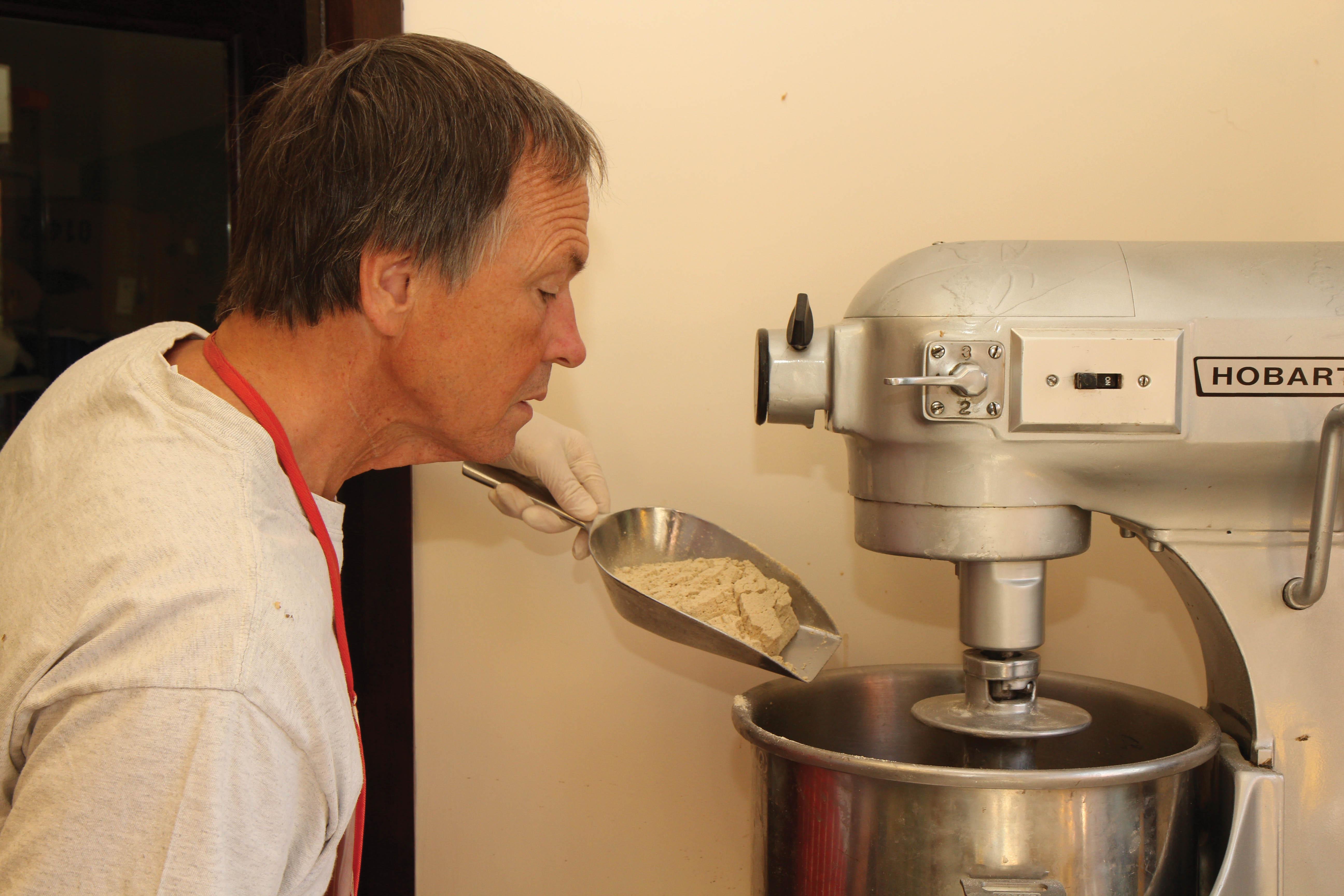
USE BAIT WITH REAL FOOD VALUE!
I believe we may have greater success when fishing for carp by using bait that’s as nutritious as it possibly can be, and this tactic is bound to increase the fishes’ dependency on it. There are great benefits to be had by those anglers that have already made the effort to use bait with real food value and who also try to understand more about the ingredients required to make good quality boilies. This may be why some bait recipes are noticeably more effective than others.
I made mention last month of the Hair Rig and how it changed carp fishing forever. It makes sense that if we sit behind our rods long enough with virtually anything tied to a hook via a Hair Rig, a carp will eventually hook itself. For this reason, I believe many captures are, shall we say, accidental. In other words, carp might just randomly taste a bait that’s presented on a Hair Rig. They then decide that they don’t like it for one reason or another and so attempt to blow it out. The ultra-sharp hook catches in their lip when they try to eject the bait. They never wanted to eat it in the first place, but they had to taste it to find out whether it was potentially beneficial, or even edible. This event leaves the angler with the assumption that they caught a fish solely because of their bait. I wonder how many fish are caught then, because of the nature and design of the terminal rig set-up, rather than their bait make-up…
Carp will eat throughout the year, in all but the lowest water temperatures, and they will actively search for any food that’s easy to consume, especially bait. Bait requires that a minimum amount of energy is expended by the carp for them to be suckers for it! All bait, even if it’s of little or no nutritional benefit, might well still be eaten, especially where competition for food is high. The variety of baits carp come across is huge and might include particles, spod mixes, oily halibut or salmon pellets, and budget-priced shelf-life boilies or other offerings that contain chemical preservatives. Bait that falls into these categories will naturally catch carp, and admittedly they’ll be cheaper and will require little effort to store or prepare. They are, however, also used by 90 per cent of carp anglers. It therefore follows that carp have become used to coming across it. It’s also vitally important that any bait with a high oil content such as halibut pellets should never be used in cold water. Carp cannot assimilate the rich oil; it upsets their digestive systems and puts them off feeding for long periods. Anglers who use salmon, trout or halibut pellets are not only likely to damage the fishes’ health, they will potentially spoil sport for others. Halibut pellets, for example, contain around 45 per cent fish oil. The recommended oil content for both carp feed and bait is around 7 to 9 per cent (any readers that also fish for barbel should take note!).
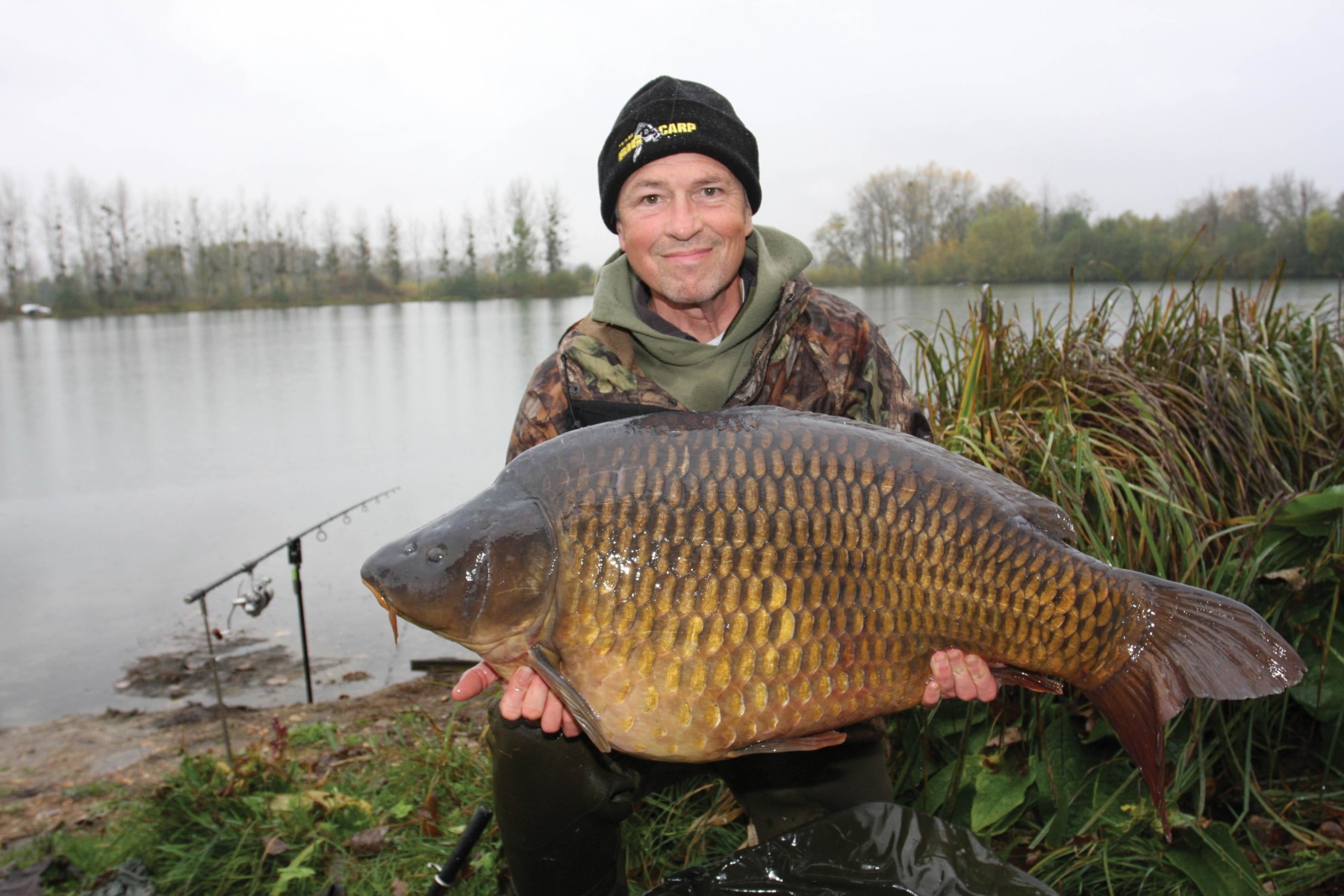
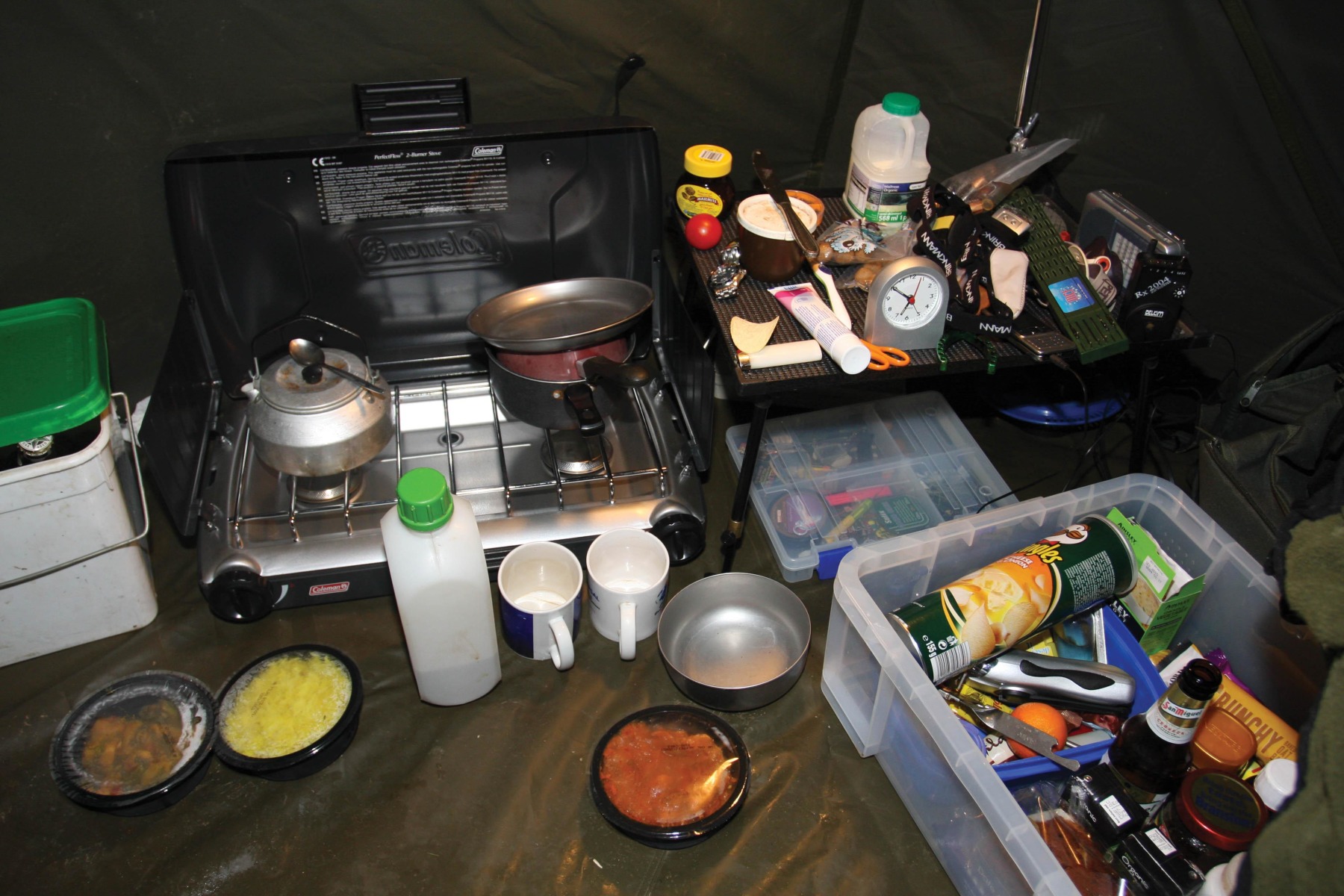
My original interest in making bait came from my desire to be different - I was just not comfortable with the knowledge that I might be using the same bait as the guy in the next swim. I always want to be different and the only way to ensure that I am is by controlling as many aspects of my own methods and tactics as I can. Bait is the obvious choice in this regard, and I was fortunate to be around when the boilie was first developed and when most carp anglers made their own bait. I still find it difficult to get out of this habit. The most common error I made however, was to experiment with too many bait recipes. This sometimes saw me take several different baits with me on a session. At the time, I thought this was the best way to test my baits. Eventually however, I realised that the key to a successful bait is to make one practical recipe with a broadly nutritious profile… and then stick to it! It’s not a problem making small changes to a winning recipe though, and these might be slight variations in flavour profile or a minimal alteration to the main recipe itself. By adopting this policy, we should all need to use just one or two trusted recipes for our base mix.
Most of my carp fishing these days is done when the water’s warm, i.e. over 12 degrees Celsius. I’m comfortable with the ingredients that make up the recipe of my long-term base mix and the only thing I might change from time to time, is the strength and level of the flavour. For example, for a short session or as a guest on a new venue, I tend to use bait with a slightly increased flavour level. I’d do so to improve my chances of a bite in the short time I’m likely to be on the water. When concentrating all my fishing time at one venue, I prefer to use very low doses of flavour and additive. I can then rely on the long-term benefits of the overall nutritional profile of the bait to do most of the work for me. This tactic is a proven route for quick bites.
CONTROL YOUR OWN BAIT DESIGN
It can take time to gain confidence in any bait and I would urge any potential DIY bait makers, and even commercial bait producers, to be circumspect when creating new concepts. The inclusion of too many conflicting ingredients will often spoil a bait, rather than improve it. Testing our new bait ideas is vital. It should be remembered that one type of recipe may not always be effective at every venue it’s used. This is another benefit of controlling our own bait design. It would all be rather pointless if we didn’t learn from our mistakes. It would be even more pointless if we were to seek advice, but fail to learn from it. When it comes to making bait, I’ve made most of the mistakes, so other anglers shouldn’t have to!
Much has been written about the dietary requirements of carp, yet most of this has been explained from a fish-farming or aquaculture point of view, and not in the context of bait. In my opinion, it’s only by trial and error that we can come to understand what carp prefer to eat. We can then take the required ingredients and make up the recipe for a practical and manageable bait. It would be pointless using the newest and most exclusive ingredients if they didn’t combine to make a viable boilie. Just because it’s possible to source virtually any exotic ingredient via the internet doesn’t mean all these products should be included in one complex recipe; sometimes, less is best!
During prime feeding temperatures - say 12 to 22 degrees Celsius - carp require a food source that’s 30 to 35 per cent digestible protein. Carp don’t need a higher protein diet than this. It’s likely then, that using a bait with such a high protein content is likely to be a waste of ingredients. When water temperatures drop below 12 degrees Celsius, the carp’s relatively simple digestive system will take much longer to process anything they eat. Up to 30 per cent of all anglers’ bait is excreted by carp before their systems have had a chance to process it, so the amount of bait we introduce in the water as free offerings while we’re fishing is critical.
When choosing a summer or winter bait, there are two clear recipe guidelines. Summer bait recipes are more flexible as the protein content can be provided via a mixed blend of ingredients derived from fish, meat, milk or vegetable compounds. The next most important ingredient is carbohydrate, which should be present at a level of 40 to 50 per cent. A perfect summer bait would comprise 35 per cent protein, 50 per cent carbohydrate, with the balance made up of ingredients that provide a spread of fats, oils, minerals and vitamins, as well as contributing to the texture and density of the finished bait. Winter baits, i.e. those used regularly in water temperatures below 12 degrees Celsius, need only be 15 to 20 per cent protein, with the rest of the recipe made up of almost pure carbohydrate. Ideally, there should be an easily digestible oil content in the bait recipe - 4 to 5 per cent being about the maximum required for any cold-water bait. Fresh soya oil would best fulfil this role, but not fish oil. Fresh eggs are highly nutritious, being around 40 per cent protein with a digestible fat content provided by the yolk. In my view, fresh eggs make the very best binding agent for boilie recipes - I believe that carp can digest eggs easily too.
It should be remembered that carp will eat virtually all the bait they find, but when the water’s cold, even just a handful of a typical high-protein (summer), bait might fill them up for as long as two weeks. The undigested bait will remain in their gut until water temperatures are high enough for fish to complete their simple digestion process. This could be one of the reasons why winter carp fishing can seemingly be much more difficult than it used to be!
Read part one by tapping here!
